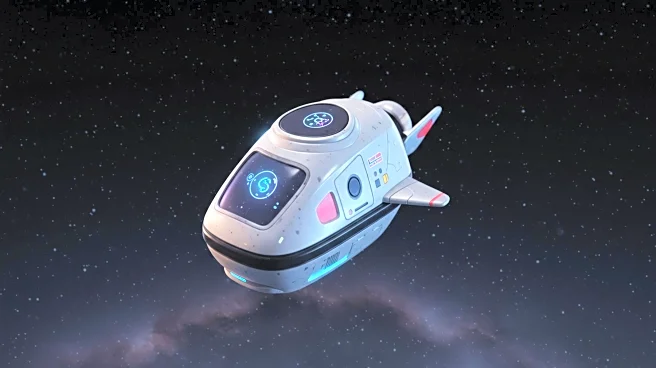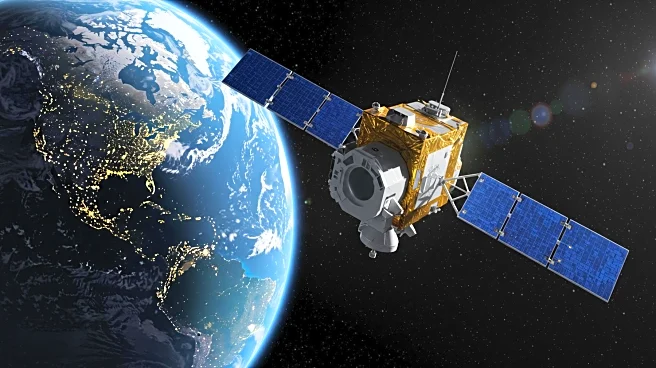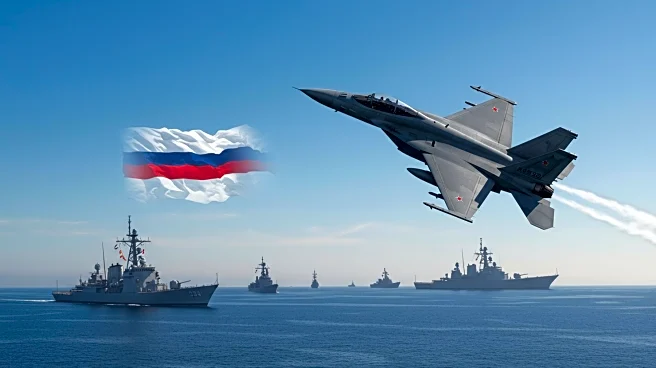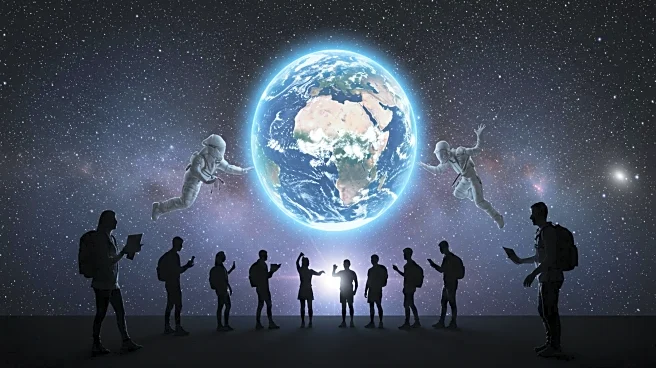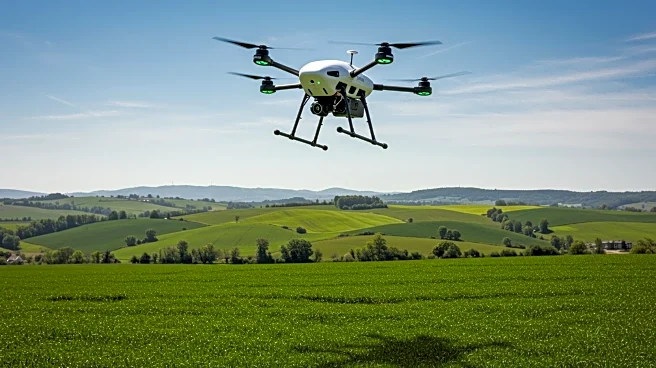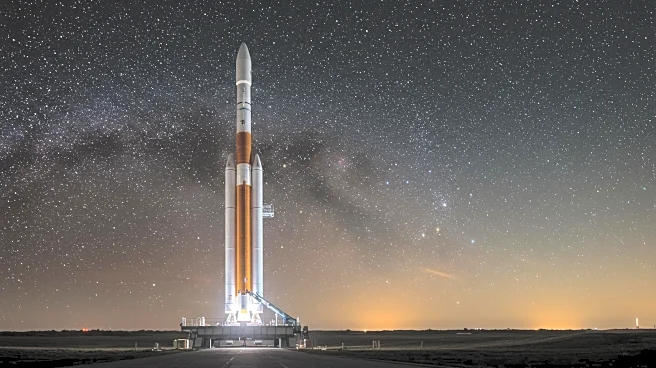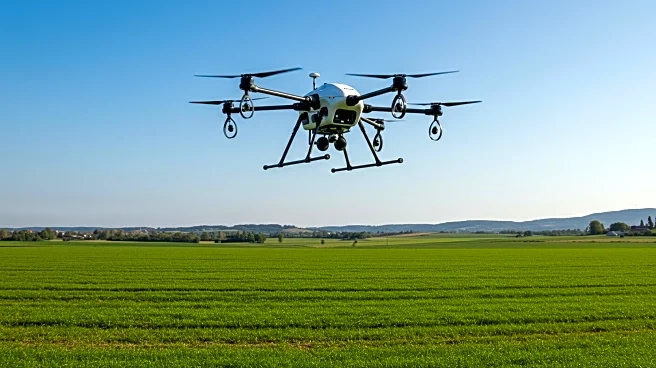What's Happening?
NASA, in collaboration with Freelancer, has announced 25 finalists for the 'Moon Mascot: NASA Artemis II ZGI Design Challenge.' This contest invited participants to design a plush toy that will serve as the zero-gravity indicator (ZGI) for the Artemis 2 mission, set to launch next year. The finalists include entries from K-12 students, classroom teams, and adults, with designs ranging from anthropomorphized animals to mythological creatures. The chosen toy will be suspended inside the Artemis 2 Orion spacecraft, floating in microgravity to signal the astronauts' entry into zero-g. The contest received 2,605 entries from various countries, including the United States, Canada, and Japan.
Why It's Important?
The selection of a zero-gravity indicator for the Artemis 2 mission is a symbolic gesture that highlights NASA's commitment to engaging the public in space exploration. This initiative not only fosters creativity and innovation but also serves as an educational tool, inspiring young minds to participate in the space industry. The Artemis 2 mission itself is significant as it marks the first crewed moon mission since Apollo 17 in 1972, although the astronauts will not land on the moon. The mission aims to rekindle interest in lunar exploration and pave the way for future missions that may include lunar landings.
What's Next?
NASA will now choose one of the 25 finalist designs to be fabricated into the actual zero-gravity indicator for the Artemis 2 mission. The selected toy will be made using materials from NASA's Thermal Blanket Lab. As the mission approaches, NASA will continue preparations for the Artemis 2 launch, which will involve flying around the moon and returning to Earth. This mission is a precursor to more ambitious plans under the Artemis program, which aims to establish a sustainable human presence on the moon.
Beyond the Headlines
The Artemis 2 mission and its associated public engagement efforts reflect broader cultural and educational shifts towards inclusivity and global participation in space exploration. By involving international contestants and diverse age groups, NASA is promoting a sense of shared human endeavor in understanding the cosmos. This approach may influence future educational policies and inspire collaborative international projects in space science.
